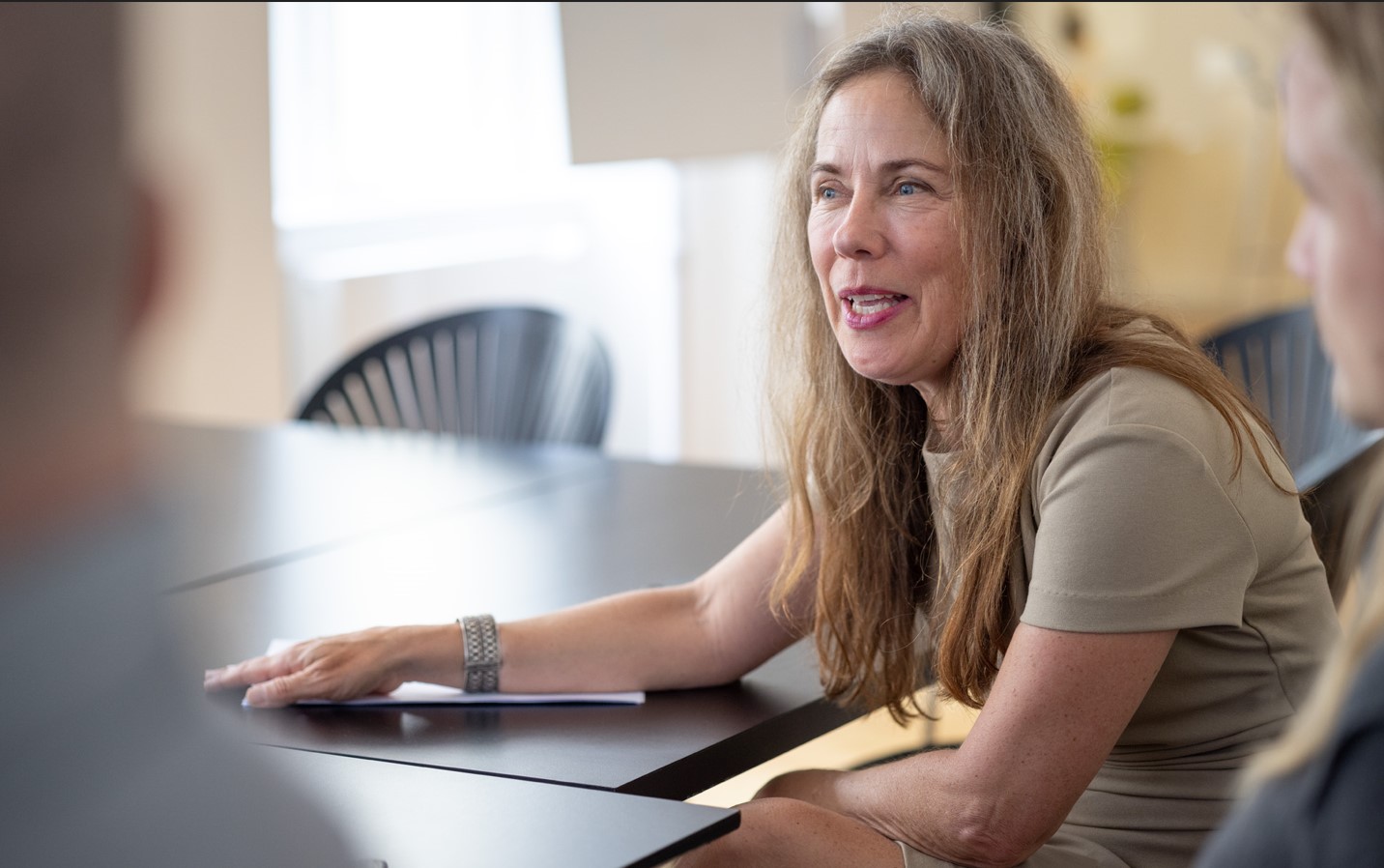Are left-handers discriminated against?
Document Actions
Document Actions
It turned out that three out of eight editorial staff who attended the Nordic Labour Journal's meeting this summer are left-handed. That is a greater proportion than what the so far biggest survey of left-handers concluded. It said 10.6 % of the population (in Europe and the USA at least) are left-handed. From the left: Marie Preisler, Hallgrímur Indridasson, Fayme Alm, Björn Lindahl, Gunhild Wallin, Bengt Östling, Kerstin Ahlberg and Rólant Waag Dam. Read more about the NLJ editorial staff here:
Read about one of our left-handed colleagues' experiences below.

To be left-handed has not really impacted much on my work as a journalist. Yet there are a few things: When I take notes by hand during interviews, I hold the pen in a slightly awkward way to stop my hand from wiping out what I have just jotted down. 25 years of using that position might explain some of the stiffness I experience in my left shoulder. I never thought about this until my editor asked me to write a few words about the experience of being left-handed. A kind of workplace injury…
My only real left-handed tool is a pair of Fiskars universal scissors with handles and blades made for left-handed users. My parents gave it to me because I liked papercutting. I still have those scissors.
I have never been discriminated against or felt being left-handed to be an obstacle. I was never forced to write with my right hand when I started school in the 1970s, but my classmates often pointed out how I was different and often asked whether I was kejthåndet (gawky-handed) – a term that was quite common.
At home, they taught me to answer that “we left-handers are not gawky, and we're actually more creative than the rest of you”. Today it is very rare for anyone to comment on my left-handedness.
We left-handers also enjoy advantages, in my experience. I have started playing tennis, and do not worry about getting my backhand right like many of the other beginners on my team.
Marie Preisler